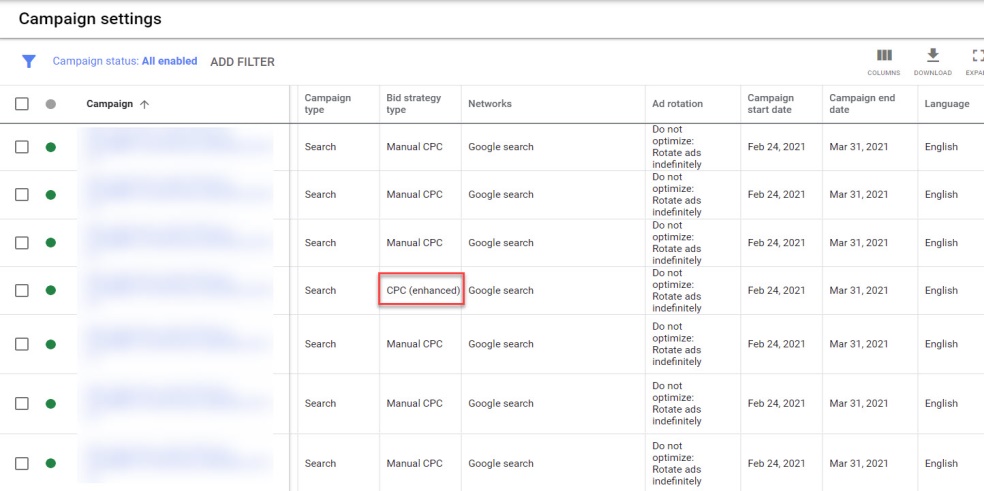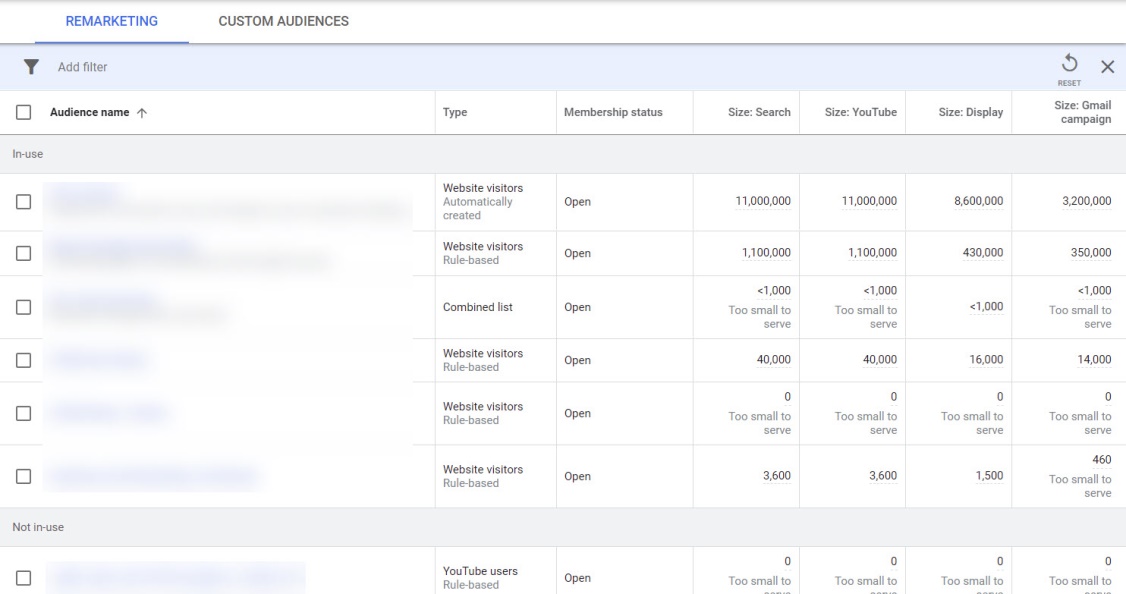
What to do when you takeover a Google Ads Account
- On 15/04/2021
- account settings, campaigns, Google Ads
Congrats, you’ve taken over another Google Ads account! Your absolute initial step for tidying up after a Google Ads account takeover ought to be an intensive review of the current setup.
Here are a couple of tips for tidying up after a Google Ads account takeover.
- Billing and Account Access
You might be enticed to hop into account setup and settings immediately – yet oppose that allurement. It’s essential to guarantee that billing settings are correct and that nobody (who shouldn’t) has access to the provided account.
- Account and Campaign Settings
Account and campaign settings are the place where a Google Ads takeover can go rapidly amiss.
Numerous PPC experts disregard these undeniable level settings or neglect to change them. To start with, check account settings. This is the place where you control things like auto-tagging, tracking templates, and brand safety measures like sensitive content.
Ensure you’re barring any content types that could be hurtful to your client’s brand.
Then, audit your campaign settings.
Verify that each one of your campaigns has similar settings. If not, is that purposeful, or simply an oversight? There are occasions where you’ll need various settings dependent on campaign objectives, yet ensure it’s not simply a mix-up.
- Match Type Keywords
Checking on match types is a decent method to see how an account is using keywords. Are they utilizing a great deal of regular broad match or all exact match? You’ll likewise need to plan a switch of all the modified broad match keywords to phrase match, since modified match is going away.
- Keyword Quality Scores
Acquiring an account brimming with keywords with a quality score of 7 or higher is a great deal unlike acquiring one with quality scores all under 3. A note about quality score: Some businesses can have a hard time getting good quality scores than others.
- Number of Keywords Per Ad Group
You’d imagine that at this point, PPC experts would realize that highly targeted ad groups with a few keywords are a best practice. You are wrong. Bear in mind that the sweet spot is 15-20 keywords for each ad group but obviously, there are exceptions.
- How Many Ads Per Ad Group
Despite your strategies, it’s good to know the number of ads in an ad group. Google’s best practices promote utilizing around 9 ads all at once, however, performance can be harmed by that strategy. Maybe test a few ads, discover the best ones, and afterward rotate them.
- Audiences and Remarketing Lists
Here, you’ll need to check Audiences in Google Ads, and Targeting. First, check your Remarketing lists in Google Ads:
Review the lists which are being used in the running campaigns. In this example, there is one audience being used that has 0 individuals. Why would that be? Is it alright, or is it a campaign relying upon this audience? Dive in and see what’s happening.
Also, don’t forget to take a look at Custom Audiences with a similar focal point. Is an audience list set for Observation when it ought to be set to Targeting or the other way around? Are the currently in use bid adjustments suitable for performance?
- Tracking Codes on the Website
It’s a smart thought to review the site to ensure the right tracking codes are implemented. You’ll presumably have to enroll a developer’s assistance here.
- Audit Naming Conventions
Numerous large accounts have set up conversion naming standards. Review them and ensure they make sense – you may have to modify them or fix any labels that weren’t applied accurately.
- List of Improvements for Your Client
Whenever you’ve gone through the initial 9 stages, sum up your discoveries into a report you can present to your client. Begin with the positives, what’s right in the account – that is a decent method to console your client. Zeroing in on positives first shows that you’re doing whatever it takes not to point fingers at their past agency or PPC expert.
It’s a smart move to build up a time period for execution. Be practical and set sensible assumptions for when the work should be done and who needs to be involved.
That is it! Good luck.






